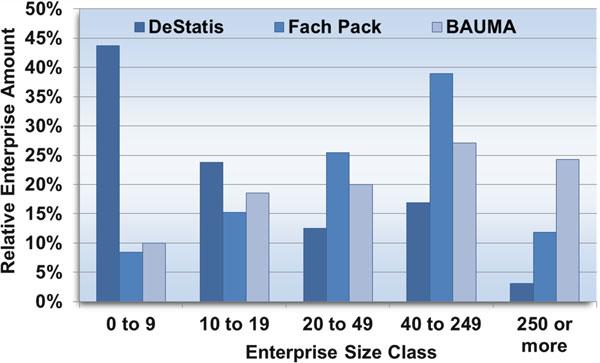108
U. Arzubiaga and T. Iturralde
advisors can increase a family firm’s corporate entrepreneurship by complementing their tacit knowledge (Eddleston et al. 2008), we measure the direct effect of the strategic involvement of the board of directors (SIBD) on family firms’ EO. We thus contribute to the literature in two ways. First, we have developed a model through which we seek to demonstrate the causal relationship between the internal family firm variables indicated below and firm EO, thereby demonstrating the direct influence of these factors, yet unanalysed, on the EO of family firms. Second, our use of structural equation modelling (SEM) represents progress towards more robust techniques than those used in this field to date. The rest of this paper is structured as follows. In the next section, we develop a model through which we demonstrate how some key internal family business variables affect family firms’ EO and hypothesise the causality of each one. We then describe our method, the study’s data collection approach, and the measurement of the variables. The next section presents the results of the study. Finally, we discuss those results, highlighting our major conclusions as well as the study’s limitations and implications.
12.2 12.2.1
Literature Review and Theoretical Development Family Firm Image and EO
According to the organisational identity theory, family firm image embodies how firm members suppose others see their organisation and how the firm leader would like the organisation to be perceived (Gioia and Thomas 1996). Maintaining a positive family business image fosters a connection between the family and the business (Zellweger and Sieger 2010) and reinforces employees’ feeling of belonging to the firm. The mission of maintaining the good name and, by extension, the good image of the family firm and its brand tends to keep family firm members working together (Dyer and Whetten 2006) and taking risky entrepreneurial initiatives (Memili et al. 2010). We thus hypothesise that family firm image directly and positively affects a family firm’s EO: H1: In a crisis like the present, family firm image will enhance the entrepreneurial orientation of the family firm.
12.2.2
Willingness to Change and EO
Given today’s global competition, diverse workforce, short business cycles, and rapidly changing environment, an attitude against change can have very negative consequences. Indeed, the lack of environmental adaptation strategies and rigid behaviour can ruin a formerly successful company, more in times of crisis. The






